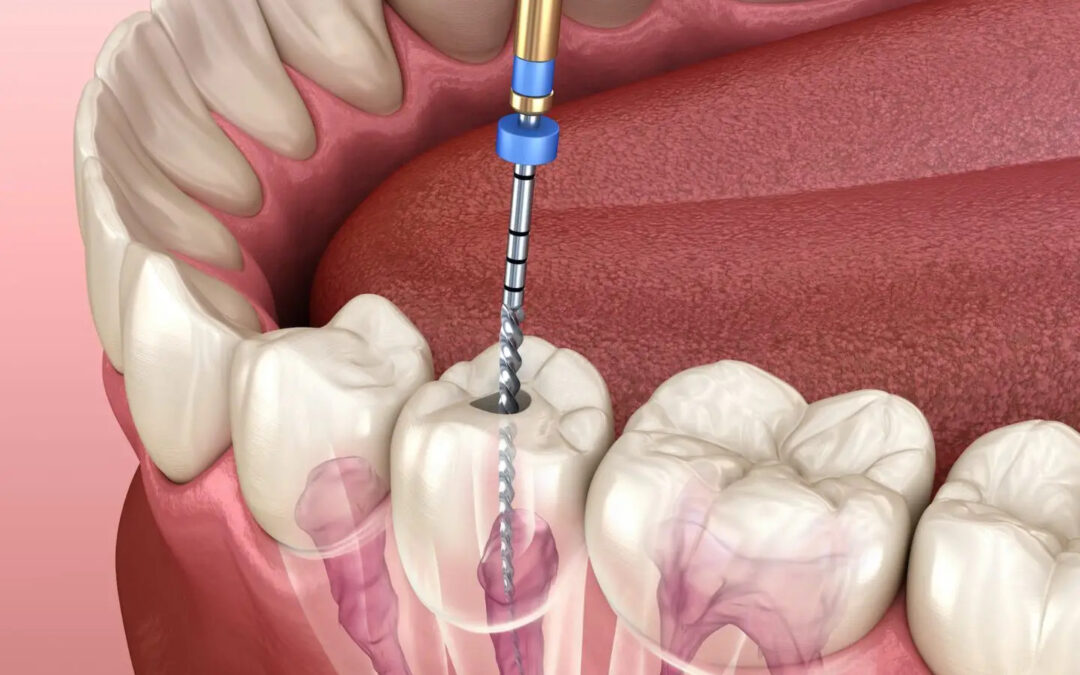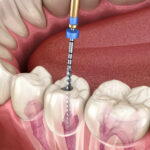Welcome to our blog post on the topic of root canal therapy – where we delve into the world of oral healthcare and how this treatment can restore comfort and preserve smiles. If you’ve ever experienced tooth pain or have been advised by your dentist that you may need root canal treatment, then this article is for you! We’ll explore what exactly root canal therapy entails, why it’s necessary in certain cases, how it’s performed, and what to expect during the recovery process. So grab a cup of tea (or your beverage of choice) and let’s dive in together as we uncover the ins and outs of this important dental procedure. And hey, if you’re interested in even more tips on maintaining optimal oral health, stick around because we’ll also be exploring social media channels for valuable insights and advice. Let’s get started!
What is root canal therapy?
What is root canal therapy? It’s a question that often comes up when discussing dental procedures. Root canal therapy, also known as endodontic treatment, is a procedure performed to save and restore teeth that have been severely infected or damaged.
The interior of our teeth contains a soft tissue called pulp, which houses nerves, blood vessels, and connective tissues. When this pulp becomes infected or inflamed due to deep decay, cracks in the tooth enamel, or trauma to the tooth, it can cause severe pain and sensitivity.
Root canal therapy aims to remove the infected or damaged pulp from within the tooth’s interior. The process involves cleaning out and disinfecting the root canals before filling them with a special material called gutta-percha. This helps seal off any potential sources of infection and prevents further damage.
By addressing these issues through root canal treatment rather than resorting to extraction, we can preserve natural teeth and maintain proper oral function. Plus, preserving your natural smile has aesthetic benefits too!
Understanding what root canal therapy entails is crucial for anyone facing this possibility at their dentist’s office. Now that we’ve covered the basics let’s delve deeper into why you might need this treatment in the first place!
Why do I need root canal therapy?
Root canal therapy is a dental procedure that is necessary when the pulp of your tooth becomes infected or damaged. The pulp is the soft tissue inside the tooth, containing blood vessels, nerves, and connective tissue. When this delicate interior becomes compromised, it can lead to severe pain and discomfort.
There are several reasons why you might require root canal therapy. One common cause is deep decay or cavities that have reached the inner layers of the tooth. Trauma or injury to the tooth can also damage the pulp. In some cases, repeated dental procedures on a specific tooth can weaken it and make it susceptible to infection.
If you experience persistent pain in a particular tooth, sensitivity to hot or cold temperatures, swelling around the gums, or discoloration of the affected tooth, these may be signs that you need root canal therapy.
During this procedure, your dentist will remove the infected or damaged pulp from within your tooth’s interior. This helps alleviate pain and prevents further spread of infection. After removing the pulp, they will clean and disinfect the area before sealing it with a filling material.
By addressing issues within your teeth through root canal treatment early on, you can preserve your natural smile while enjoying restored comfort in daily life.
How is root canal therapy performed?
Root canal therapy, also known as endodontic treatment, is a procedure performed to save a tooth that has been severely damaged or infected. It involves the removal of infected or damaged pulp from within a tooth’s interior, with root canal treatment addressing this issue.
So, how exactly is root canal therapy performed? First, your dentist will begin by numbing the area around the affected tooth using local anesthesia. This ensures that you don’t feel any discomfort during the procedure. Once you’re numb and comfortable, your dentist will create an access point in the tooth by drilling a small hole.
Through this access point, specialized instruments are used to remove the infected pulp from inside the tooth’s canals. The canals are then thoroughly cleaned and disinfected to eliminate any remaining bacteria. After cleaning, your dentist will fill and seal the canals with a rubber-like material called gutta-percha.
In some cases where extensive damage has occurred or for additional support, your dentist may recommend placing a dental crown over the treated tooth. This helps restore its functionality while protecting it from further damage.
Root canal therapy is typically completed in one or two visits to your dentist’s office depending on individual circumstances. Following the procedure, you may experience minor discomfort which can be managed with over-the-counter pain medications prescribed by your dentist.
Remember to always consult with an experienced dental professional who can assess your specific situation and provide appropriate guidance for preserving both comfort and smiles!
What can I expect after root canal therapy?
After undergoing root canal therapy, it’s natural to wonder what you can expect in terms of recovery and post-treatment care. The good news is that most patients experience minimal discomfort following the procedure. You may have some soreness or tenderness around the treated tooth for a few days, but this can usually be managed with over-the-counter pain relievers.
It’s important to follow your dentist’s instructions for post-treatment care. This typically includes avoiding chewing on hard or sticky foods until the area has fully healed. You may also need to continue taking any prescribed antibiotics if an infection was present.
In some cases, your dentist may recommend placing a dental crown on the treated tooth to provide additional protection and support. This will help to restore both function and aesthetics.
Maintaining good oral hygiene practices is crucial after root canal therapy. Brushing twice daily with fluoride toothpaste and flossing regularly will help prevent future dental issues.
If you experience severe pain, swelling, or prolonged bleeding after root canal therapy, it’s important to contact your dentist right away as these could be signs of complications that require immediate attention.
Remember, every patient is unique and healing times can vary. If you have any concerns or questions about what to expect after root canal therapy, don’t hesitate to reach out to your dentist for guidance and reassurance.
Remember! Regularly exploring social media channels for valuable insights and tips on oral healthcare can help prevent future dental problems!





